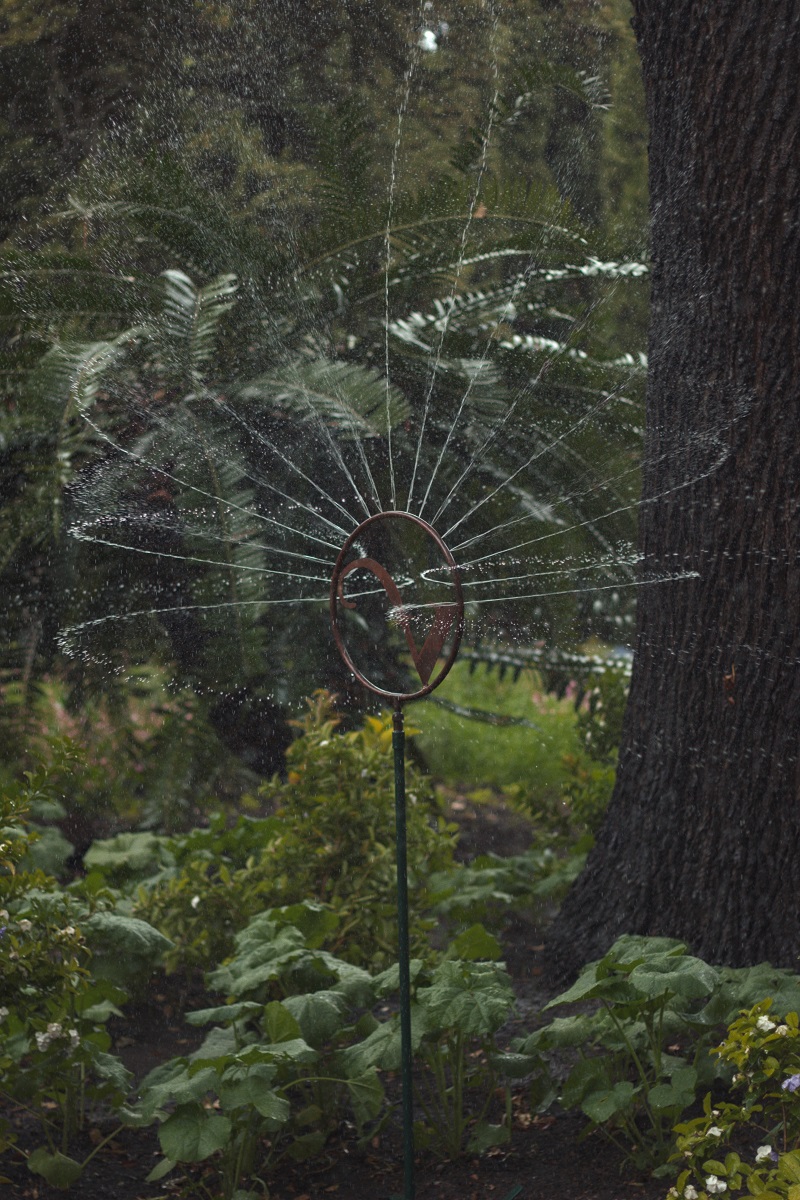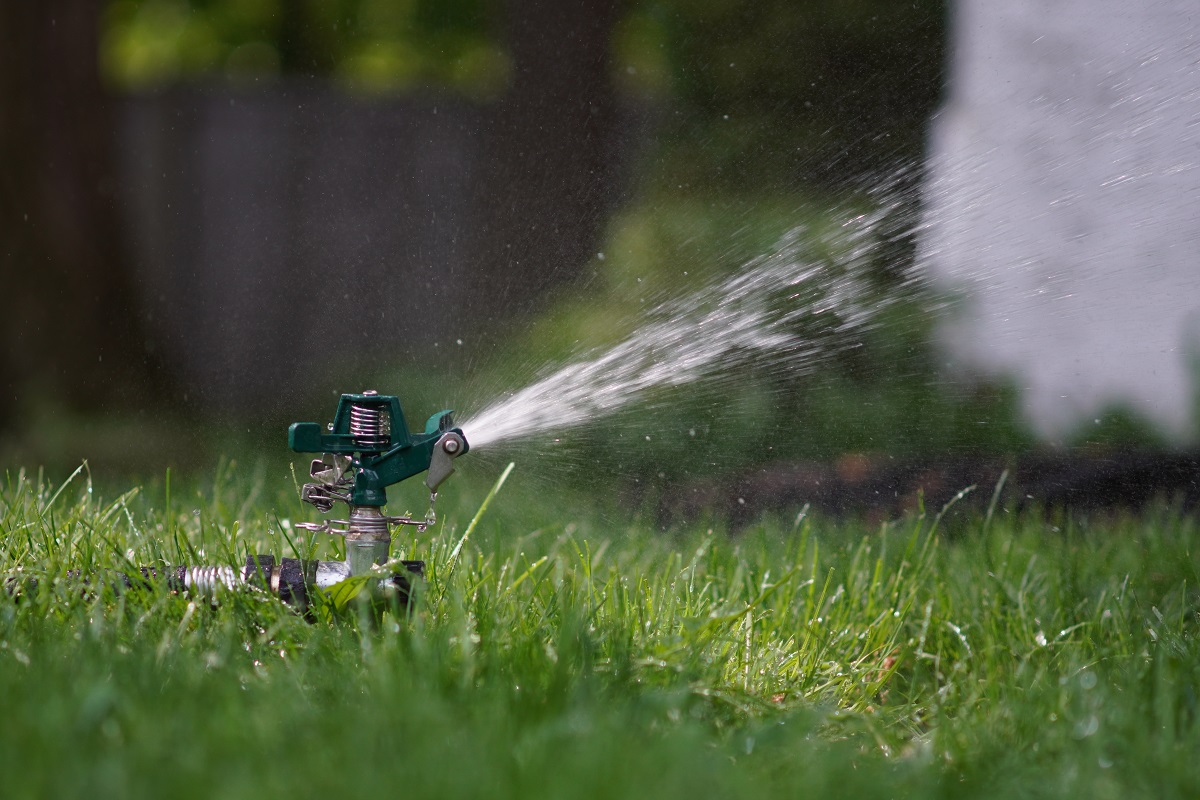
The Worst Mistakes for Beginning Gardeners
Taking the plunge into gardening is exciting and (at times) overwhelming. There’s a lot of information when you’re starting from scratch, and it’s all too easy to make mistakes. You’ll do some things with the best of intentions, only to find out they cause more harm than good. Even experienced gardeners sometimes slip up. It’s a constant learning process, so don’t feel discouraged if you’ve made some of the mistakes listed below. Instead, look at them as opportunities to grow – both in the literal sense and as a gardener!
#1 – Overwatering
Plants need water. We all know that. It’s the fundamental rule of growing anything, whether you’re trying to bring up your first batch of carrots or encouraging that tiny rose bush to grow tall. It’s not the thought that’s incorrect, but the execution.
Overwatering kills plants. There’s really no way around it. While some plants and crops get thirstier than others, there’s always a limit. Overwatering causes a host of issues, including (but not limited to):
- Limited Oxygen – Exposing your plant to too much water has the same effect as exposing a person to too much water. It deprives them of much-needed oxygen and they’ll drown. Roots require a certain level of oxygen to function and grow, and overwatering cuts that off (or severely limits it). Eventually, the roots die off and so does your plant.
- Mold – Overwatering plants invites mold growth. By using too much water, you create a moist, inviting environment for mold.
- Insects – Along with mold, consistent overwatering turns your garden into a haven for bugs and insects. If the plants manage to survive the lack of oxygen, the rest of them might fall to an infestation.
If you’re concerned about overwatering, there are a few signs you can look for, including stunted growth and yellowing leaves. If you spot either, check your watering habits. Generally speaking, your garden only needs 1 inch of rainwater per week, so anything in excess of that could be too much! Check out Stoney Creek Farm’s article about vegetable gardening mistakes for some handy tips to water correctly!
#2 – Going in Without a Plan
While some people find success in life (and gardening) by running on chaos, the odds are against you. If you start your garden without research and a plan, you’re setting yourself up for failure. Fortunately, you can break it down into a few simple categories and make your plan from there. It doesn’t have to be complicated. Ask yourself the questions below to get started.
- What plants do I want?
- What plants grow well together?
- When is the harvest season for these plants?
You can try out techniques like square-foot gardening, vertical growing, and succession gardening. Consider what you want to do and take a minute to plan out the best way to do it. It’ll help you avoid mistakes and disappointments in the long run.
#3 – Not Rotating
Now this mistake won’t strike immediately, and it’ll take a while to notice. Essentially, failing to rotate the type of crops you plant in a particular area is a big mistake. Vegetables, in particular, drain a lot of nutrients from the soil to grow. If you plant the same vegetables in the same location year after year, they’ll strip the soil of its nutrients. The vegetables will suffer and have less output.
Additionally, using the same planting location time and time again leaves your plants vulnerable to pests. After all, they know exactly what they’ll find there and are lying in wait, so you’ll see them emerge more quickly.
#4 – Overcrowding
While some plants can tolerate nearby neighbors, others prefer to spread out in peace. Even those plants that play nicely with others still need an adequate amount of space. Otherwise, you risk your plants not receiving enough sunlight and competing for nutrients. Ultimately, that means none of them reach their full potential, and you’ll see more leggy growth than actual vegetables, fruits, or whatever you’re aiming for.
You can avoid this mistake by doing a bit of research on the ideal conditions for the particular kinds of plants you have in mind. Even flipping over a seed packet is enough. It’ll tell you the ideal spacing requirements. Follow them to keep your plants healthy and happy. Just because you plant more doesn’t necessarily mean you’ll end up with more!
#5 – Too Many Weeds
Weeds are a plague. Whether you’re growing a vegetable garden or just trying to keep up with your landscaping, they’re inescapable. However, you’ll need to combat them to have a truly successful garden. There are a few different options, and you’ll likely reach for most or all of them at some point. To avoid causing contamination and hurting your wanted plants, avoid using harsh chemical weed killers.
- Mulch – Mulch is a great way to suppress and slow weed growth. It provides enough of a cover to block out the sun and prevent weeds from growing.
- Hand-pulling – While pulling weeds by hand is no fun, it’ll probably be necessary. Make it part of your regular gardening schedule. Failure to do so means the situation will quickly get out of hand.
Weeds have a bad reputation for a reason. Not only do they get unsightly, but they steal directly from your plants! They’ll take valuable nutrients from the soil, drink up the water meant for your plants, and block sunlight.
Final Thoughts
Experimentation and learning are part of what makes gardening fun and rewarding. It’s a lifelong experience, and there’s always something new to pick up. Everyone starts somewhere! Stoney Creek Farm had humble beginnings, and we made plenty of mistakes along the way.
We even wrote a book about it! Our book, Dirt Rich, lays out the mistakes we made so you can avoid them. We also offer a class based on the lessons in the book. If you’re interested in picking up plenty of gardening tips and hard-earned wisdom, check out our Dirt Rich course and let us help you get started.


